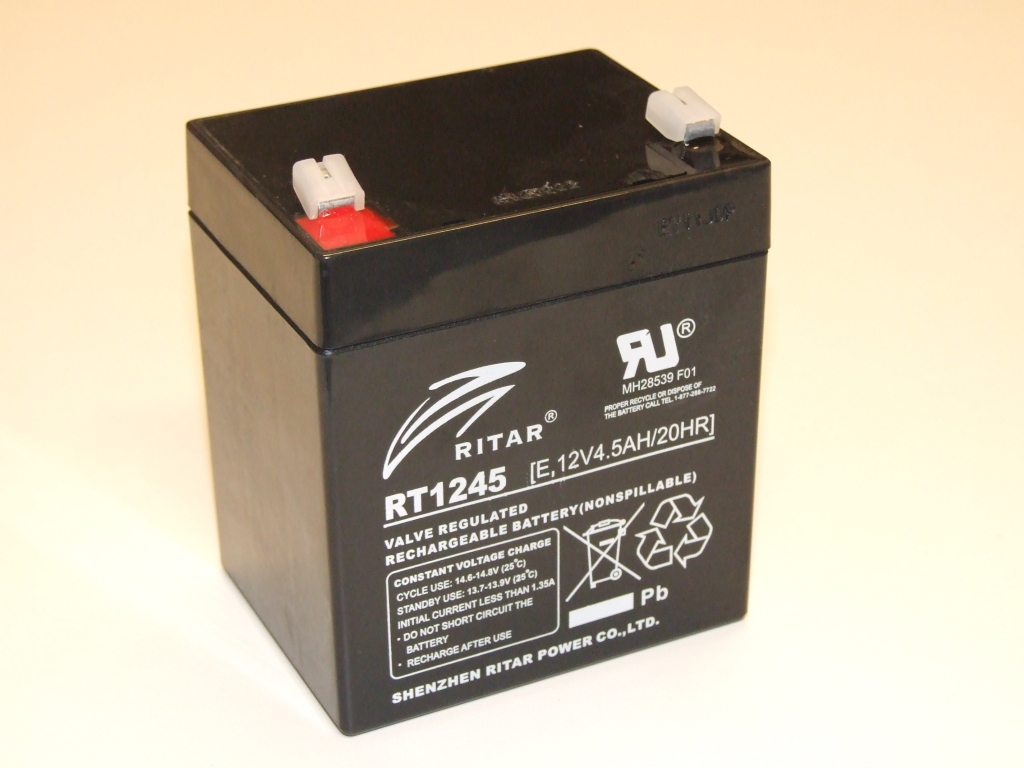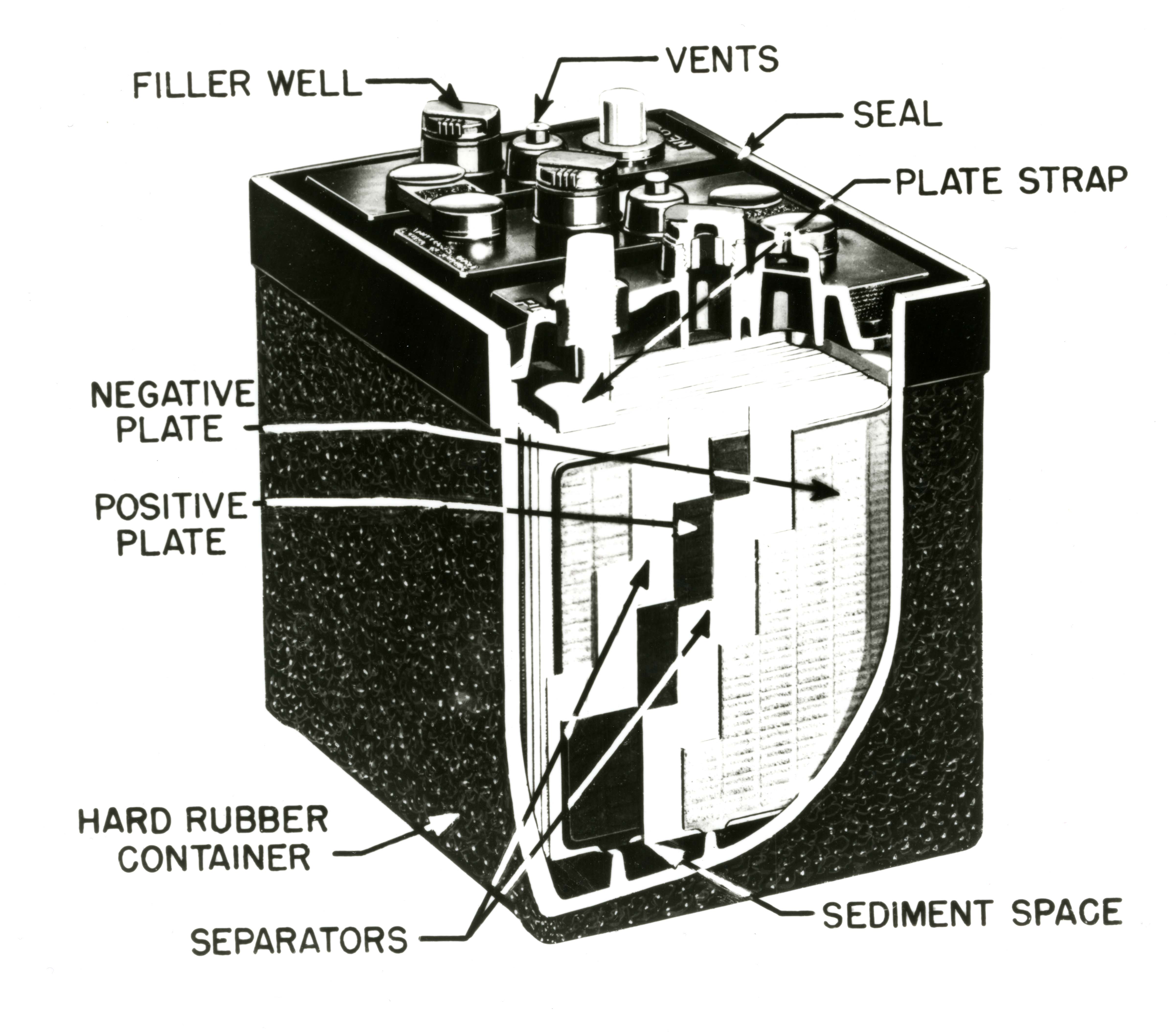|
Float Voltage
Float voltage is the voltage at which a battery is maintained after being fully charged to maintain that capacity by compensating for self-discharge of the battery. The voltage could be held constant for the entire duration of the cell's operation (such as in an automotive battery) or could be held for a particular phase of charging by the charger. The appropriate float voltage varies significantly with the chemistry and construction of the battery, and ambient temperature. With the appropriate voltage for the battery type and with proper temperature compensation, a float charger may be kept connected indefinitely without damaging the battery. However, it should be understood that the concept of a float voltage does not apply equally to all battery chemistries. For instance, lithium ion cells have to be float charged with extra care because if they are float charged at just a little over optimum voltage, which is generally the full output voltage of the lithium cell, the chemical s ... [...More Info...] [...Related Items...] OR: [Wikipedia] [Google] [Baidu] |
Voltage
Voltage, also known as electric pressure, electric tension, or (electric) potential difference, is the difference in electric potential between two points. In a static electric field, it corresponds to the work needed per unit of charge to move a test charge between the two points. In the International System of Units, the derived unit for voltage is named '' volt''. The voltage between points can be caused by the build-up of electric charge (e.g., a capacitor), and from an electromotive force (e.g., electromagnetic induction in generator, inductors, and transformers). On a macroscopic scale, a potential difference can be caused by electrochemical processes (e.g., cells and batteries), the pressure-induced piezoelectric effect, and the thermoelectric effect. A voltmeter can be used to measure the voltage between two points in a system. Often a common reference potential such as the ground of the system is used as one of the points. A voltage can represent either a ... [...More Info...] [...Related Items...] OR: [Wikipedia] [Google] [Baidu] |
Self-discharge
Self-discharge is a phenomenon in batteries in which internal chemical reactions reduce the stored charge of the battery without any connection between the electrodes or any external circuit. Self-discharge decreases the shelf life Shelf life is the length of time that a commodity may be stored without becoming unfit for use, consumption, or sale. In other words, it might refer to whether a commodity should no longer be on a pantry shelf (unfit for use), or no longer on a ... of batteries and causes them to have less than a full charge when actually put to use. How fast self-discharge in a battery occurs is dependent on the type of battery, state of charge, charging current, ambient temperature and other factors. Primary batteries are not designed for recharging between manufacturing and use, thus have battery chemistry that has to have a much lower self-discharge rate than older types of secondary cells, but have lost that advantage with the development of rechargeable secon ... [...More Info...] [...Related Items...] OR: [Wikipedia] [Google] [Baidu] |
Automotive Battery
An automotive battery or car battery is a rechargeable battery that is used to start a motor vehicle. Its main purpose is to provide an electric current to the electric-powered starting motor, which in turn starts the chemically-powered internal combustion engine that actually propels the vehicle. Once the engine is running, power for the car's electrical systems is still supplied by the battery, with the alternator charging the battery as demands increase or decrease. Battery in modern cars Gasoline and diesel engine Typically, starting uses less than three percent of the battery capacity. For this reason, automotive batteries are designed to deliver maximum current for a short period of time. They are sometimes referred to as "SLI batteries" for this reason, for starting, lighting and ignition. SLI batteries are not designed for deep discharging, and a full discharge can reduce the battery's lifespan. As well as starting the engine, an SLI battery supplies the extra power nec ... [...More Info...] [...Related Items...] OR: [Wikipedia] [Google] [Baidu] |
Lithium Ion
A lithium-ion or Li-ion battery is a type of rechargeable battery which uses the reversible reduction of lithium ions to store energy. It is the predominant battery type used in portable consumer electronics and electric vehicles. It also sees significant use for grid-scale energy storage and military and aerospace applications. Compared to other rechargeable battery technologies, Li-ion batteries have high energy densities, low self-discharge, and no memory effect (although a small memory effect reported in LFP cells has been traced to poorly made cells). Chemistry, performance, cost and safety characteristics vary across types of lithium-ion batteries. Most commercial Li-ion cells use intercalation compounds as the active materials. The anode or negative electrode is usually graphite, although silicon-carbon is also being increasingly used. Cells can be manufactured to prioritize either energy or power density. Handheld electronics mostly use lithium polymer batteries ... [...More Info...] [...Related Items...] OR: [Wikipedia] [Google] [Baidu] |
Lead–acid Battery
The lead–acid battery is a type of rechargeable battery first invented in 1859 by French physicist Gaston Planté. It is the first type of rechargeable battery ever created. Compared to modern rechargeable batteries, lead–acid batteries have relatively low energy density. Despite this, their ability to supply high surge currents means that the cells have a relatively large power-to-weight ratio. These features, along with their low cost, make them attractive for use in motor vehicles to provide the high current required by starter motors. Lead-acid batteries suffer from relatively short cycle lifespan (usually less than 500 deep cycles) and overall lifespan (due to the "double sulfation" in the discharged state). As they are inexpensive compared to newer technologies, lead–acid batteries are widely used even when surge current is not important and other designs could provide higher energy densities. In 1999, lead–acid battery sales accounted for 40–50% of the value fr ... [...More Info...] [...Related Items...] OR: [Wikipedia] [Google] [Baidu] |
Gel Battery
A valve regulated lead–acid (VRLA) battery, commonly known as a sealed lead–acid (SLA) battery, is a type of lead–acid battery characterized by a limited amount of electrolyte ("starved" electrolyte) absorbed in a plate separator or formed into a gel; proportioning of the negative and positive plates so that oxygen recombination is facilitated within the cell; and the presence of a relief valve that retains the battery contents independent of the position of the cells. There are two primary types of VRLA batteries, absorbent glass mat (AGM) and gel cell (gel battery). The lead–acid gel batteries contain a mixture of sulfuric acid and finely divided silica. This mixture forms a thick paste or gel, thereby giving the batteries the name - Gel Cell. Gel batteries can be made with either flat or tubular positive plates. AGM batteries feature fiberglass mesh or an ultra thin glass mat (called AGM separator) between the battery plates which serves to contain the electrolyte and ... [...More Info...] [...Related Items...] OR: [Wikipedia] [Google] [Baidu] |
Flooded Lead–acid Cell
A flood is an overflow of water ( or rarely other fluids) that submerges land that is usually dry. In the sense of "flowing water", the word may also be applied to the inflow of the tide. Floods are an area of study of the discipline hydrology and are of significant concern in agriculture, civil engineering and public health. Human changes to the environment often increase the intensity and frequency of flooding, for example land use changes such as deforestation and removal of wetlands, changes in waterway course or flood controls such as with levees, and larger environmental issues such as climate change and sea level rise. In particular climate change's increased rainfall and extreme weather events increases the severity of other causes for flooding, resulting in more intense floods and increased flood risk. Flooding may occur as an overflow of water from water bodies, such as a river, lake, or ocean, in which the water overtops or breaks levees, resulting in some of ... [...More Info...] [...Related Items...] OR: [Wikipedia] [Google] [Baidu] |
VRLA Battery
A valve regulated lead–acid (VRLA) battery, commonly known as a sealed lead–acid (SLA) battery, is a type of lead–acid battery characterized by a limited amount of electrolyte ("starved" electrolyte) absorbed in a plate separator or formed into a gel; proportioning of the negative and positive plates so that oxygen recombination is facilitated within the cell; and the presence of a relief valve that retains the battery contents independent of the position of the cells. There are two primary types of VRLA batteries, absorbent glass mat (AGM) and gel cell (gel battery). The lead–acid gel batteries contain a mixture of sulfuric acid and finely divided silica. This mixture forms a thick paste or gel, thereby giving the batteries the name - Gel Cell. Gel batteries can be made with either flat or tubular positive plates. AGM batteries feature fiberglass mesh or an ultra thin glass mat (called AGM separator) between the battery plates which serves to contain the electrolyte and ... [...More Info...] [...Related Items...] OR: [Wikipedia] [Google] [Baidu] |
Trickle Charging
Trickle charging means charging a fully charged battery at a rate equal to its self-discharge rate, thus enabling the battery to remain at its fully charged level; this state occurs almost exclusively when the battery is not loaded, as trickle charging will not keep a battery charged if current is being drawn by a load. A battery under continuous float voltage charging is said to be float-charging. For lead-acid batteries under no load float charging (such as in SLI batteries), trickle charging happens naturally at the end-of-charge, when the lead-acid battery internal resistance to the charging current increases enough to reduce additional charging current to a trickle, hence the name. In such cases, the trickle charging equals the energy expended by the lead-acid battery splitting the water in the electrolyte into hydrogen and oxygen gases. Other battery chemistries, such as lithium-ion battery A lithium-ion or Li-ion battery is a type of rechargeable battery which uses t ... [...More Info...] [...Related Items...] OR: [Wikipedia] [Google] [Baidu] |





